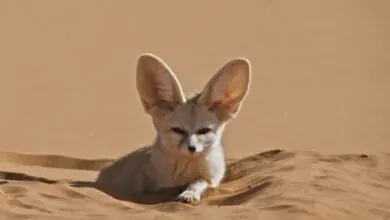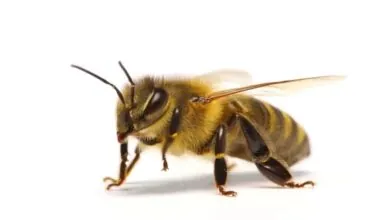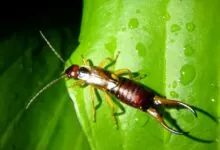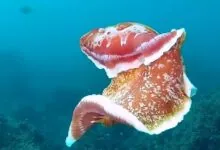African Golden Cat: Forest Phantom’s Stunning Golden Secrets
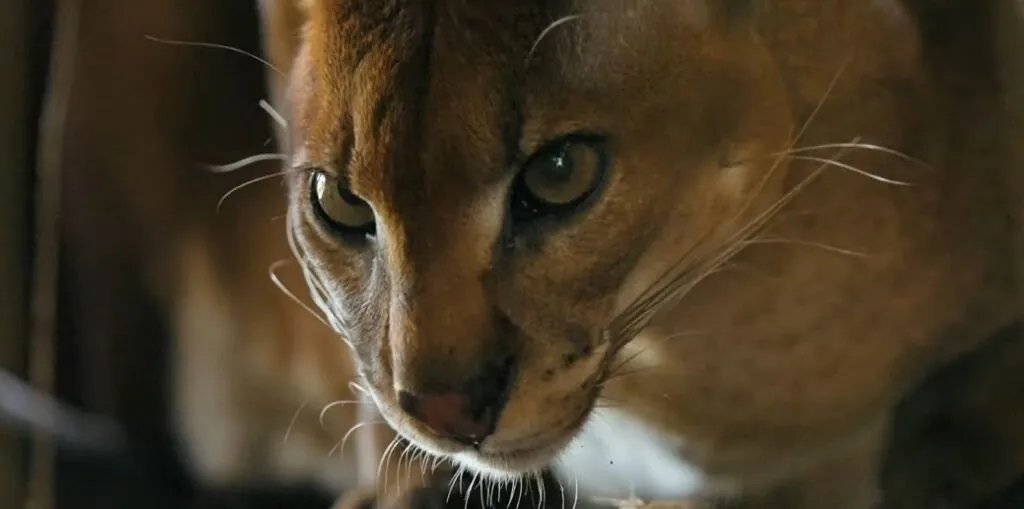
Uncover the mysteries of the African Golden cat, one of the least studied species. Do you truly love animals like I do? With its golden coat and piercing gaze, this invisible cat will seduce you. Join me on a thrilling trip as we are going to uncover this captivating creature’s hidden wonders. The African Golden Cat, also known as Caracal aurata, is a species of cat that lives in the rainforests of Central and West Africa. Its body is covered in a golden color, which enables it to blend in with the forest’s surroundings.
Its main dietary staples include mammals, birds, and primates. It controls the population of these species through its diet, which in turn governs the ecosystem’s equilibrium. The IUCN Red List has classified the African golden cat as Vulnerable due to a number of concerns, such as habitat loss, fragmentation, and poaching. Protecting this amazing species is urgently needed to maintain the biodiversity of African rainforests.
| Kingdom | Phylum | Class | Order | Genus | Family | Scientific Name |
| Animalia | Chordata | Mammalia | Carnivora | Caracal | Felidae | Caracal aurata |
Origin and Evolution
This species of cat, which is a member of the subphylum Chordata, is thought to have arose about 12 million years ago. It has undergone an extensive evolutionary process to be able to survive in different environments of the dense rainforests. Its ancestry is connected to those of other wild cat species. With the aid of its razor-sharp claws and powerful muscles, it can move energetically on both the ground and trees.
The African Golden cat’s evolutionary history has probably included interactions with other species, such as competition and coexistence with sympatric predators. The behavior, territoriality, and general ecological niche of the cat within its habitat have all been influenced by these interactions. Due to a lack of information on its genetic diversity, population dynamics, and evolutionary links, it has been one of the least studied cats species, despite having an intriguing evolutionary history.
Distribution
This cat depends entirely on the moist forests habitat to survive. Africa’s thick forests (north and west central Africa), bamboo forests, alpine moorland, montane forests, riverine forests, and forested savannah are the places you’ll typically find them.
They live in the countries like Nigeria, Cameroon, Equatorial Guinea, Gabon, and the Democratic Republic of the Congo and are reliant on the deep rainforests of Central and West Africa. Its distribution pattern and extraordinary adaptability have been formed by its affinity for heavily forested areas and rocky surroundings.
Geography
This captivating feline species ranges from western Sierra Leone to central Africa, extending as far east as Kenya. This elusive cat can be readily spotted in various habitats, including moist forests, river areas within recently logged forests, as well as mountainous regions characterized by alpine moorland and bamboo forests.
Population
Estimating population of this cat species has been a tough task due to their residence in thick forests and intangible nature. This species of cat is said to be the least researched among all cat species in terms of population size.
Population Number
The population of African Golden cats is still unknown, according to the IUCN Red List, despite the fact that they are occasionally encountered in the wild. Therefore, the precise population size or number for this species of cat is unknown. However, because they are included on the IUCN Red List as Vulnerable (VU), their number is currently declining steadily.
Ecological Niche
As solitary predators that hunt on a variety of creatures, including different mammals and birds, they are vital for maintaining the ecosystem’s equilibrium. By limiting unfettered growth, this aids in controlling the size of those creatures’ populations. For example, they prey for leopard, the natural predator of these cats. They contribute to the total biodiversity of their ecosystem by performing their ecological function.
Habitat
African Golden cats can be found in a variety of habitats, including swamp forests, montane forests, and tropical rainforests. Despite not digging burrows, they use natural structures like hollow trees, rocky ledges, and tangled underbrush as temporary shelter. Additionally, they like locations close to water sources like rivers and streams, which are typically found close to swampy terrain, rocky outcrops, or cliffs.
They can adapt to a variety of habitats and situations, which helps them go across difficult terrain like rocky mountains and inclining slopes. They stay away from contact with other cats, yet occasionally they have habitat in common with other individuals.
The elusive African golden cat, with its stunning coat and elusive nature, and the majestic African forest elephant, both inhabit the rich ecosystems of Africa.
Appearance
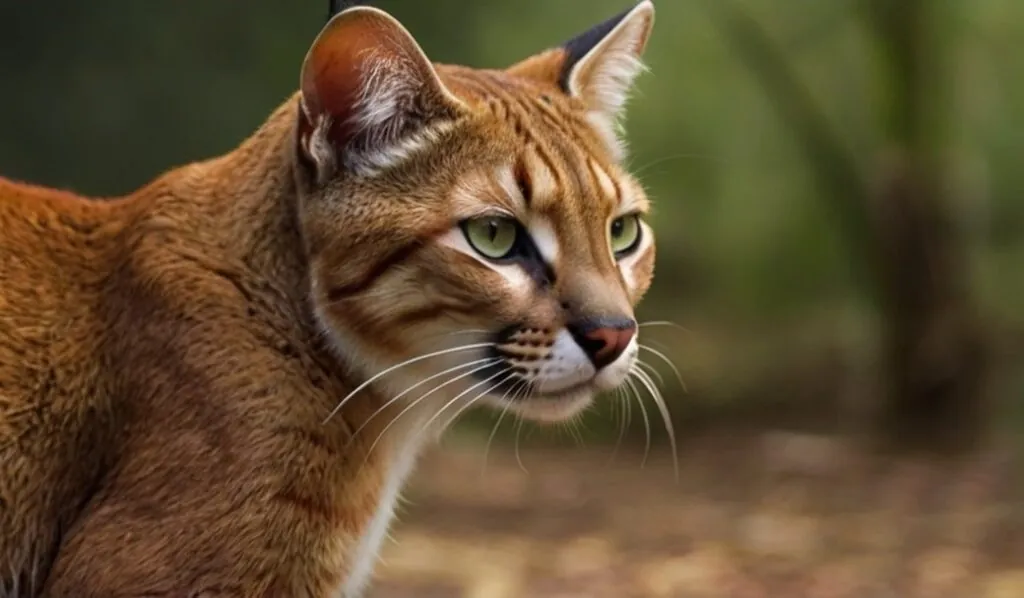
African golden cat had been least known by science due to the superstitions associated with it. Despite of its fascinating appearance, people believe it to follow leopards, that’s why it is sometimes also named as “leopard’s brother”. It is bigger in size with a shorter tail as compared to the domestic cats.
Skin
Despite not being particularly dense, its skin shields it from the harsh conditions of forests. When grasped, its skin feels extremely fluffy and silky. Depending on its habitat, it can range in color from brown to black. Its diverse skin tones, which include brown, grey, and black, let it blend in with the nature surroundings and shield it from numerous dangers. Although it’s rare, it could have spots on its skin.
Color
Mostly 3 colors are observed in this type of cats:
- Red or Golden – This colored cat looks in a range of colors ranging from red to golden brown.
- Grey – Depending upon its habitat environment, it can have color in a wide range of grey shades starting from silver grey to charcoal shades. This color is specific to some regions as it is not very common in these cats.
- Melanistic – In this species, it is a common color for them to have which ranges from dark brown to dense black. Sometimes, they appear as black but in direct light they appear to be dark brown.
Physical Characteristics
African golden cat has 41 inches long body, 18 inches tail, and 16 kg body weight. Usually female are smaller in size as compared to their males. Their eyes are large and can be in different colors like golden or amber. Their limbs enable them to climb efficiently whereas their paws has rectangular claws, used both for hunting and climbing. Let’s discover more about their physical characteristics!
| Color | Fawn, Red, Blue, Black, White & Cream |
| Skin | Smooth and furry |
| Toes | Retractable claws on paws for climbing and hunting |
| Heart weight | 0.33% of its body size |
| Eyesight | Excellent vision, including good depth perception and night vision |
Anatomy
African golden cat is different from other cats in various aspects, for example they have different patterns on their body. Also they are lighter in color around their eyes, cheeks, chin, throat, and undersides. Their tails also vary, with some being darker and heavily banded, while others are lightly banded or plain.
- Tongue – Their tongue is covered in a small and rough papillae which helps them in lapping up liquids.
- Claws – They have claws in rectangular shape, which can be extended during self-defense, climbing and hunting.
- Teeth – Incisors, canines, premolars, and molars for tearing and chewing meat
- Nose – Their sense of smelling is excellent which helps them during hunting or navigating.
- Feet – Their paws consist on pads and claws, helping them to maintain stability and agility during climbing and walking
- Tail – They have a long and thick tail, helping them in maintaining balance during climbing trees or leaping. They can also communicate with other cats through their tail by providing visual signals.
Reproduction and Life Cycles
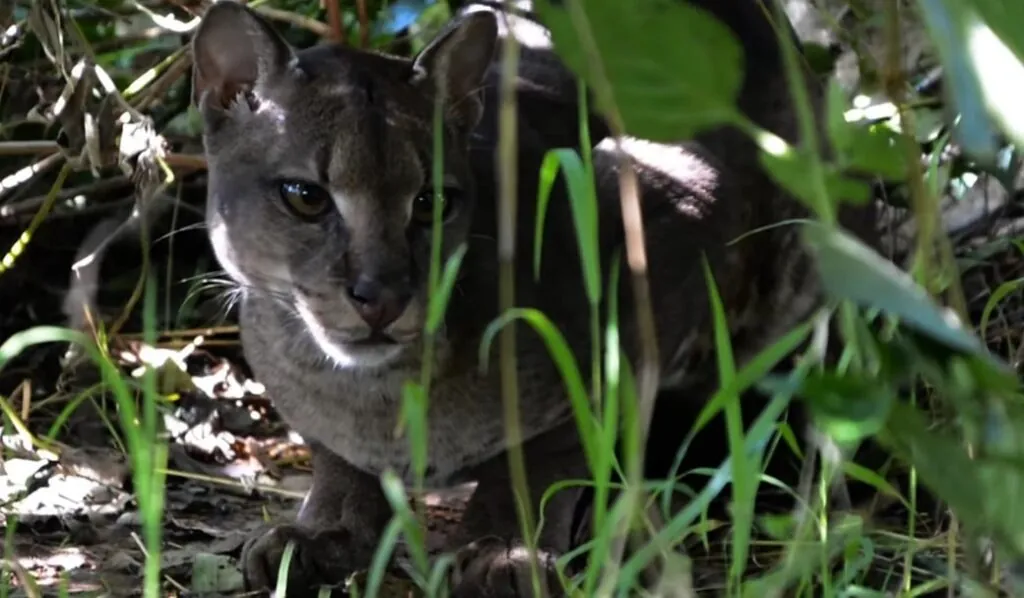
The reproduction and life cycle of this species is a little vague due to their shy nature. However, there are a few findings about them in recent studies.
- They mostly have 1 or 2 litters, which can be 3 also, but in very rare case.
- Mothers usually change the dwelling and shift to a place under hollow tree to give birth.
- After gestation period of 75 days, a kitten of 8.3 ounce is born.
- The newborns of African golden cat are blind at the time of birth and they take 7 days to open eyes.
- A new cub can climb easily within 2 weeks of his birth.
As the kittens grow, they become sexually mature and capable of reproducing. Sexual maturity age is different for males and females. With total life of 12 years in wild, females reach maturity at 11 months whereas for males this age is 18 months.
Mating Habits
Although there are no evidence based information about their mating habits, this species of cats is very solitary and never spotted in form of groups. Only once 2 cats were found traveling together, suggesting a monogamous pair bonding.
The male and female cats communicate through vocalizations during their mating season which occurs throughout the year. The female may attract the attention of potential mates by leaving scent marks on trees or engaging in behaviors like rubbing against objects.
Males leave after mating, while the female takes on the sole responsibility of raising the offspring. Their exact duration and frequency of the mating behavior varies depending on factors such as environmental conditions and the availability of mates.
| Mating system | Polygamous |
| Sexual maturity age | 11 to 18 months |
| Reproductive season | Whole year |
| Gestation period | 75-78 days |
| Newborn | 1-2 kittens, rarely 3 |
| Period to be independent | 1 year |
| Female partner name | queen |
| Male partner name | tomcat |
| Newborn name | kitten |
Lifestyle
Despite of the shortage of data about African golden cat, the whole research data shows that they have solitary nature. They share their territories with leopards and compete with them for the sake of food. They are cathemeral (active during the day and night), but in areas where there are leopards (nocturnal), they are more active during the day.
There is not much information about their hunting behavior; however, scientists have determined that most of their hunting takes place on the ground, but they do hunt in trees occasionally. They are carnivores, primarily preying on small to medium-sized mammals such as rodents, birds, monkeys, and duikers.
Prey and Diet
The African Golden Cat is a carnivorous predator with a diverse diet, consisting of small to medium-sized mammals. Being primarily nocturnal, they like to hunt in darkness. This is due to their excellent night vision and acute hearing, which help them in locating and tracking prey during low-light conditions. African golden cats are considered very active while hunting. Their main prey include:
- Rodents including rats, mice, and squirrels
- Monkeys
- Small apes
- Birds
- Tree hyraxes
- Reptiles
- Small forest antelope like duikers
- Fish
- Amphibians
Predators, Threats and Conservation

Because of the elusive nature and habitat preferences of African golden cat , there are only a few natural predators of this species. Yet, larger carnivores including leopards, lions, and hyenas are a threat for them. These predators prey upon cats for attaining food resources. To avoid this, cats prefer to avoid being active during daytime.
While discussing threats, there are various factors that are affecting their population:
The long-term survival of African golden cat can only be assured by preserving forest ecosystems. It is necessary to establish protected areas, and parks for them to preserve their natural habitat. Moreover, the behavior, ecology, and population dynamics of this species should be studied to address their needs. Illegal wildlife trade should be completely banned to reduce threat to their population and habitat.
Defense Strategies
Various defense strategies are made by them to stay protected from potential threats and ensure its survival in its forest habitat. Here are some notable defense strategies:
- Cover-up – The cat’s coat coloration varying from reddish-golden to gray or sometimes black is a natural protection for them against predators. This allows the cat to blend in with its surroundings, making it more challenging for predators or prey to detect its presence.
- Climbing – When they find any predator around, they can efficiently climb trees. It is due to their strong claws and muscular bodies which enable them to ascend trees speedily.
- Nocturnal Behavior – Their solitary behavior is their main defense strategy because it reduces their exposure to predators. They come out during nights when they are fully stress-free from potential threats.
- Vocalizations – Their vocalization ability helps them to stay connected with other individuals in any risky situation, as they can communicate through it. They have a range of vocalizations, including growls, hisses, purrs, and meows.
Domestication and Care
Although this species is not allowed to be domesticated like other cats, yet it is necessary to understand why it is so. It is because of their special requirements like place for climbing, other physical activities and food resources. Moreover, it is completely illegal to domesticate them due to their declining population. The forest environment completely suits their well-being, so it is necessary for them to live there for their long-term well-being.
Relationship with Humans
There has not been a good relationship between humans and these cats as natives had hunted them illegally for years for their meat and pelts. Also their fur is considered very important for:
- Circumcision rituals
- To wrap objects
- As a good luck charm for hunting
They might come into conflict with humans in the areas where forest overlaps with human settlements or agricultural lands. They may prey on small livestock, such as chickens or goats, which can lead to retaliatory actions by farmers seeking to protect their livelihoods.
The Rundown and Fun Facts
African golden cats are fascinating creatures found in the dense rainforests of Africa. They’re very less known due to various reason like its shy nature and myths about it. Below we are going to unveil some interesting fun facts about it!
| Common Name | African golden cat |
| Other Names | Caracal aurata |
| Number of Species | 1 |
| Population size | Estimated as 10,000, currently declining |
| Lifespan | 12-15 years |
| Weight | 15 to 35 pounds |
| Length | 27 to 41 inches |
| Favorite food | Rodents |
| Predator | Larger carnivores like leopards, hyenas, and humans |
| Prey | Rodent, fish, small antelope, tree hyraxes, monkeys, red duikers, birds |
| Favorite activity | Climbing, hunting |
| Most distinctive feature | Bobtail, Small rounded head, Diverse coat colors and patterns |


